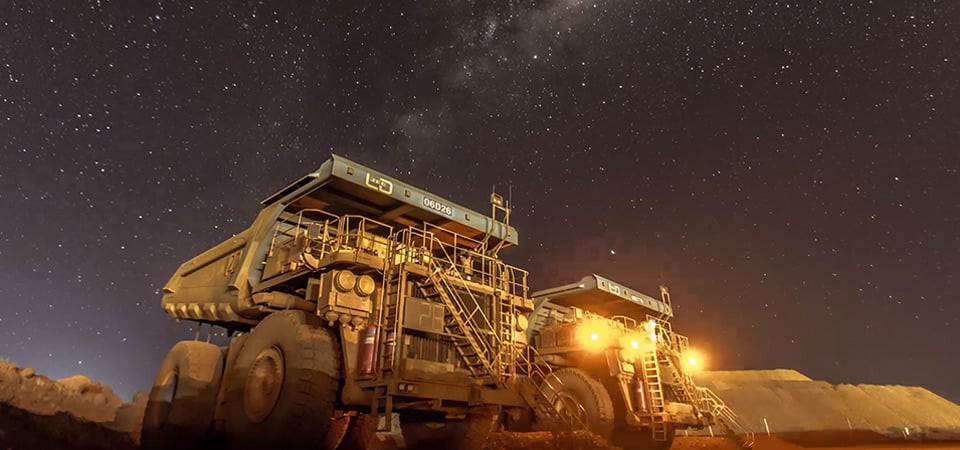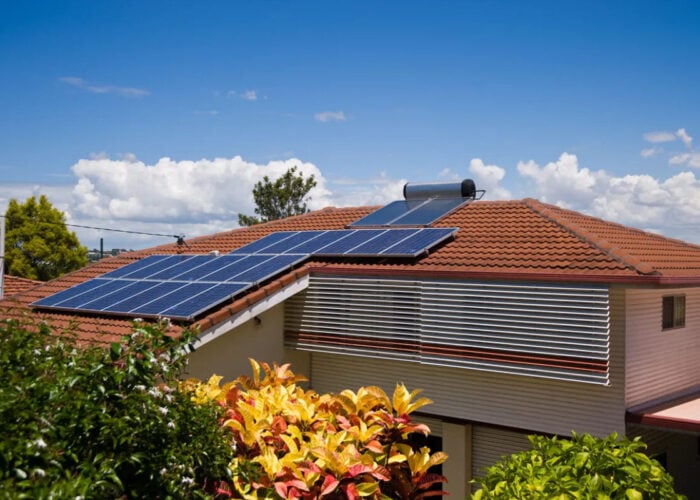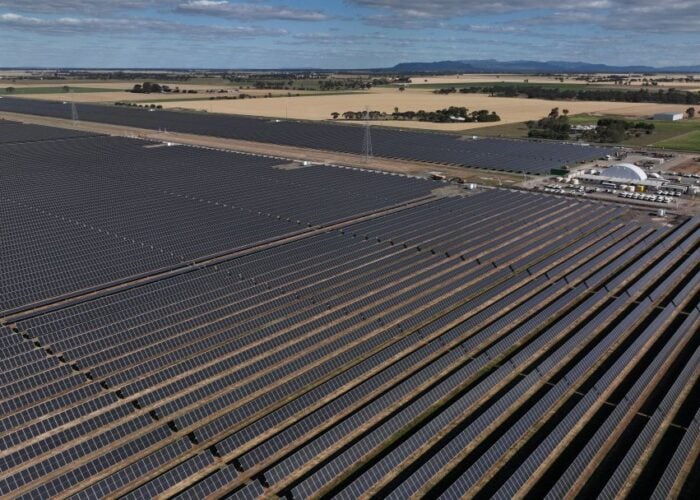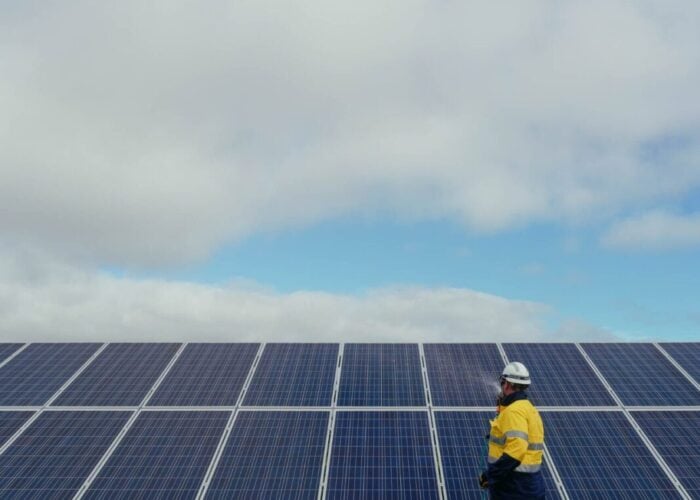
Rio Tinto will spend US$1 billion on “climate-related” projects over the next five years in order to reduce operational emissions to zero by 2050, it said in annual results posted on Wednesday.
The green package will be spread between investing in wind and solar plants, deploying electric equipment, funding the development of a zero-carbon aluminium processing technology, and improving water and tailings waste management.
Try Premium for just $1
- Full premium access for the first month at only $1
- Converts to an annual rate after 30 days unless cancelled
- Cancel anytime during the trial period
Premium Benefits
- Expert industry analysis and interviews
- Digital access to PV Tech Power journal
- Exclusive event discounts
Or get the full Premium subscription right away
Or continue reading this article for free
The Australian miner said it intends to reduce Scope 1 greenhouse gas emissions (produced by its own direct activities) and Scope 2 emissions (produced by the electricity it buys and uses) by 15% by 2030. It claims to have already reduced operational emissions by 18% since 2008.
“Our growth, overall, between now and 2030 will be carbon neutral,” the report reads, although it does not go into any further detail.
Rio Tinto generates 76% of its power from renewables, according to the document.
Rio Tinto unveiled plans in mid-February to invest US$98 million in building a 34MW solar array and a 12MWh battery system at its iron ore mine in Western Australia. The plant will be the company’s first proprietary solar facility, although it buys solar power at its bauxite operation in Weipa, north Queensland.
BHP, the only miner in the world larger than Rio Tinto, committed to reaching “net-zero emissions” by 2050 last year, as part of a US$400 million plan.
Scope 3 emissions omitted from carbon accounting
The report makes no mention of measuring or curbing Scope 3 emissions, the greenhouse gases produced by end customers and other sources external to Rio Tinto itself.
Less than one year ago, Rio Tinto recommended that shareholders vote against a resolution forcing the company to report Scope 3 emissions.
But after rival BHP committed tackling Scope 3 emissions a couple months later, Rio Tinto changed tack, striking a deal with its biggest iron ore customer, Baowu Steel Group, to explore new methods of reducing carbon emissions further down the steel value chain.
Rio Tinto sold its last coal mine in 2018, making it the only diversified mining major with no coal assets.
Report notes soaring profits and braces for coronavirus impacts
Rio Tinto's annual update this week saw the company post its highest profit in eight years, with underlying earnings rising 18% to US$10.3bn. Overall revenue hit US$43.2 billion, a seven percent increase from 2018.
In a statement released alongside the results, Rio Tinto chief executive Jean-Sébastien Jacques said that the firm – which exports millions of tonnes of iron ore to Chinese steel mills – is “closely monitoring” the impact of the Covid-19 virus.
“[We] are prepared for some short-term impacts, such as supply-chain issues. Our products are currently reaching our customers,” the executive said.






